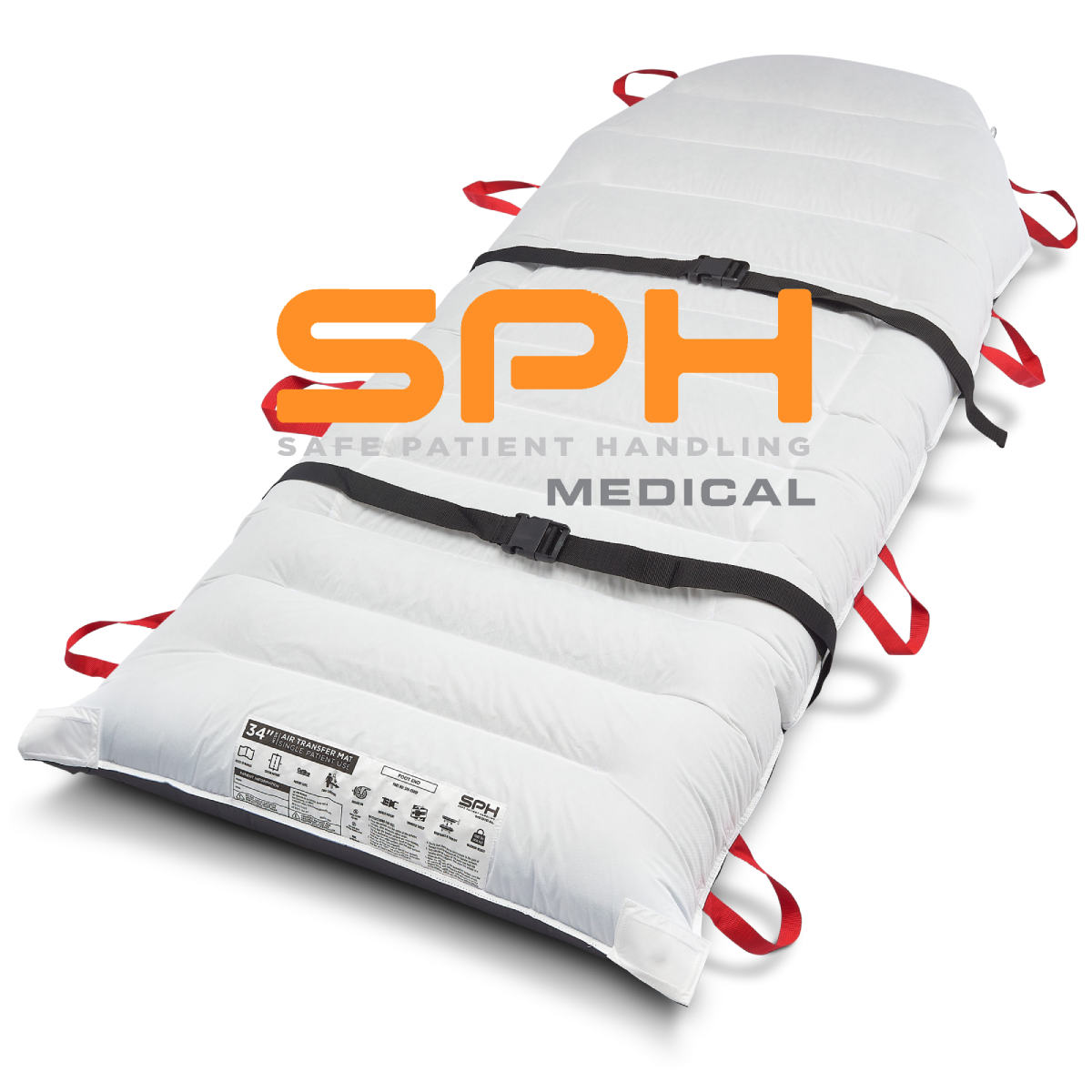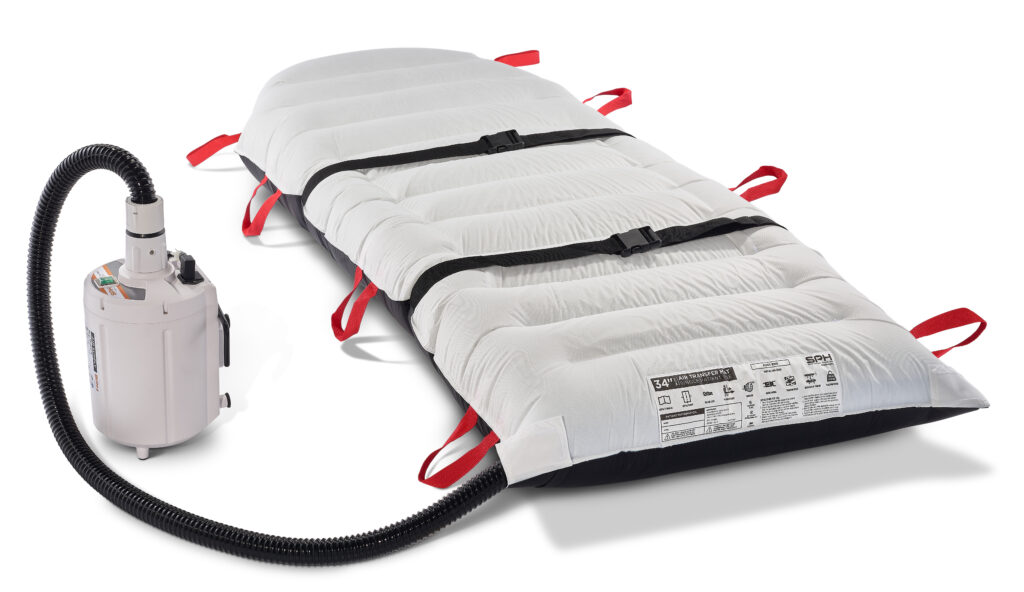According to the Centers for Disease Control and Prevention (CDC), many injuries to healthcare workers are from overexerting themselves when manually lifting, transferring, or repositioning patients in hospitals. And for many of those hospital workers, overexertion leads to musculoskeletal injuries. This began the search for solving the injury puzzle. In reaching this conclusion, the CDC pulled data from a study published by the Bureau of Labor Statistics (BLS). In that 2014 study, researchers revealed the overexertion rate among hospital workers was around 68 per 10,000 full-time employees.
Repositioning to Injuries to Healthcare Workers: Why They Happen and What Hospitals Are Doing to Prevent Them
Musculoskeletal injuries happen when hospital workers lift or otherwise reposition patients without using assistive equipment, and they often result in severe back pain or back strain. Although patient repositioning is to blame for many of them, most musculoskeletal injuries come from lateral transfer maneuvers. For those not aware, lateral transfers are the most dangerous patient-handling tasks performed in hospitals today, according to the U.S. Department of Labor.
When it comes to lateral transfers, poor patient-handling ergonomics and pushing, pulling or lifting patients without the aid of assistive equipment explain why many healthcare workers in U.S. hospitals suffer injuries every year. For reference, a study published by the Bureau of Labor Statistics revealed that work-related musculoskeletal injuries were around 46 cases per 10,000 registered nurses in 2016; and a large percentage of those made up the over 8,730 days-away-from-work cases filed that year. Because patient transfers and repositioning, sometimes referred to as “boosting up in bed,” cases involving nurses and other hospital workers have been trending for some time now, many hospitals are investing in high-tech equipment to help keep them safe.
How Air Transfer Systems Improve Efficiency and Keep Hospital Workers Safe
Available data shows many hospitals previously performed lateral transfers by pulling patients from their beds and onto a gurney via a draw sheet or sliding board. This transfer method is physically taxing and dangerous for everyone involved. Mindful of this, many hospitals today are abandoning the process and are opting to use air transfer systems instead. These systems are helping to lower the number of injuries to healthcare works are involving patient transfers that hospitals file each year, and they make the “boosting up in bed” ritual that nurses perform on patients a bit easier. One of the air transfer systems that many hospitals use today is the SPH Medical Air Transfer System and the SPH Medical single-patient-use Air Transfer Mat.
What Everyone Should Know About Single-Patient-Use Transfer Mats
Transporting patients to the ICU, ER, surgery, imaging, or any other department in a hospital is much easier with single-patient-use transfer mats. These inflatable mats go underneath the patient, and once filled with air, they allow healthcare workers to “float” patients from one surface to another. Single-patient-use transfer mats can accommodate nearly any body weight or body type, and they require only minimal hands-on involvement which intern reduces risk of injuries to healthcare workers. And because they are single-use devices, they also minimize any potential spread of infections throughout the hospital. Lastly, since they are inflatable, single-patient use transfer mats can be deployed quickly if an emergency transfer becomes necessary. The SPH Medical Single Patient Use Air Mattress is compatible with most air supplies already in hospitals today.
Bottom Line
In summary, air transfer systems, including single-patient-use transfer mats, can improve efficiency and safety in hospitals, both for patients and healthcare workers.


